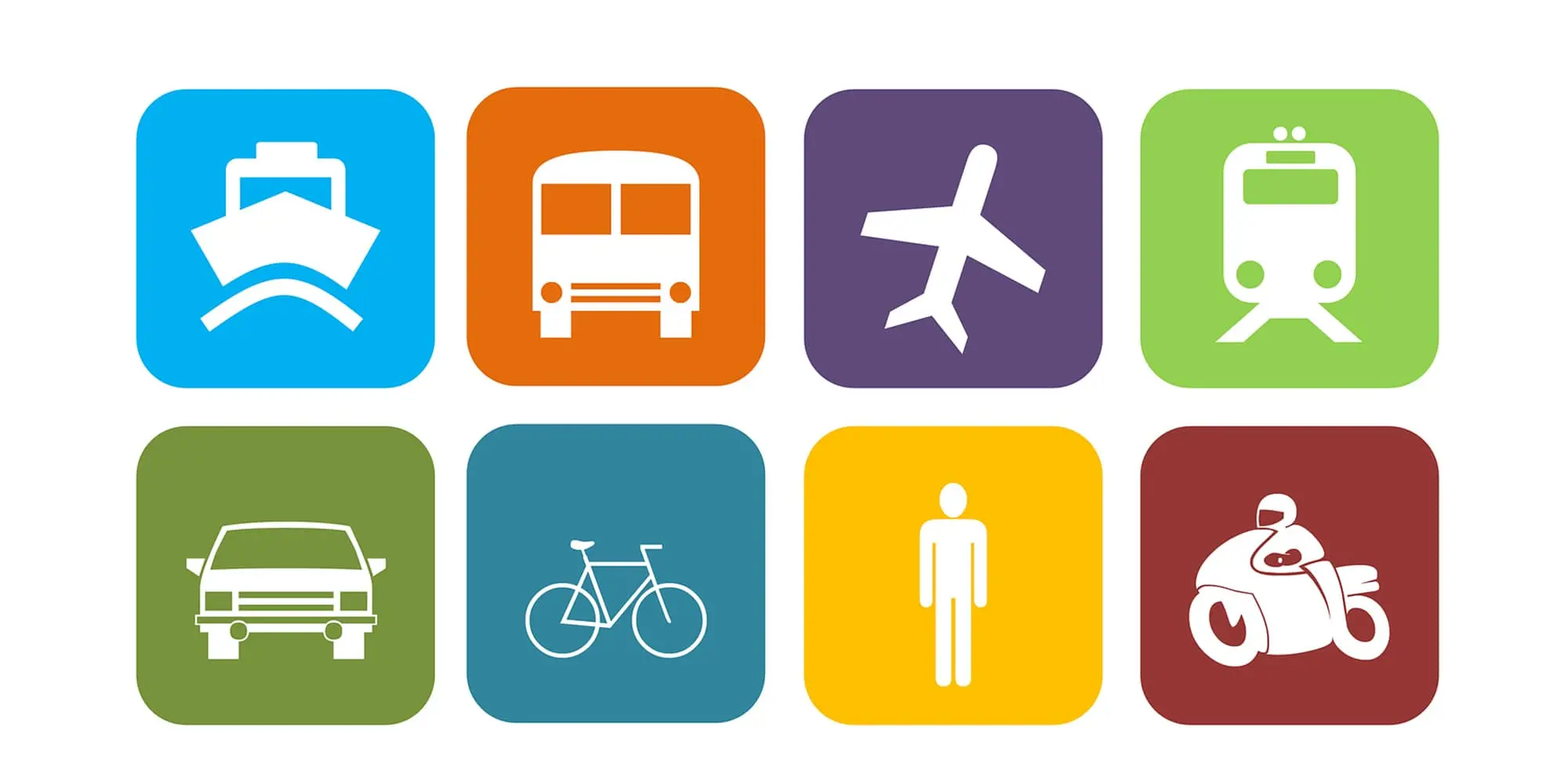
Jaramillo on Transportation, IPCC Report for Policymakers
Media Inquiries
In the U.S., the transportation sector represents the largest source of greenhouse gas (GHG) emissions. The different segments in our modern transportation systems face different challenges in mitigating GHG emissions. The Intergovernmental Panel on Climate Change (IPCC) gathers scientists from across the globe to assess available information about climate change based on published research. Carnegie Mellon University's Paulina Jaramillo(opens in new window) served as a coordinating lead author for the transportation chapter of the newly released report from Working Group III, part of the sixth climate assessment report.
The IPCC has existed for over 30 years to provide its 195 member-countries with scientific information to inform climate policy development. The assessment from Working Group III(opens in new window) was prepared by 239 experts from around the world and provides a comprehensive summary of opportunities for mitigating the GHG emissions that contribute to climate change. As one of three coordinating lead authors for "Chapter 10: Transport," Jaramillo, a professor of engineering and public policy(opens in new window), led more than a dozen fellow experts in evaluating the state of knowledge about mitigation options for the sector.
Strategies that reduce demand for transport services could support mitigation efforts for the sector, but low-carbon technologies are needed. Many authorities are already taking action with light-duty vehicles, personal vehicles and public transportation systems by pushing for vehicle electrification. Jaramillo said she believes that this is important and will only continue growing as the primary means for reducing emissions from these sources.
Other segments of transportation may require different low-carbon fuels. For example, low carbon hydrogen could drive emission reductions from heavy-duty and long-distance transport.
Finally, Jaramillo highlighted that reducing emissions from shipping and aviation will remain a challenge for years to come. Decarbonizing shipping and aviation will likely require advancements in hydrogen-derived fuels like ammonia or synthetic hydrocarbons. These solutions still need improvements in electrochemistry and carbon dioxide removal. Researchers like Shawn Litster(opens in new window), a professor of mechanical engineering(opens in new window) at CMU, are advancing the electrochemistry of producing hydrogen and its use in transportation and stationary power with fuel cells.
While Jaramillo and her co-authors focused on emissions from transportation, she noted that transportation overlaps with many other domains, as reflected in the full summary for policymakers.
"Our chapter includes several cross-cutting boxes. For instance, there's a cross-cutting box about urban form and how changes in urban form would affect transportation." Jaramillo said. "Similarly, low-carbon power generation and hydrogen production fall within the scope of the energy chapter, chapter 6, which highlights the interdependencies of the systems."
Paulina Jaramillo
